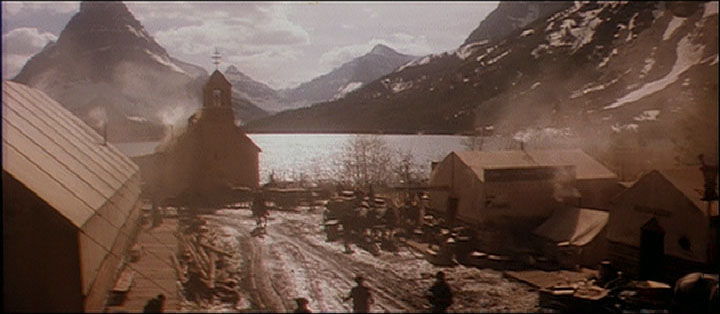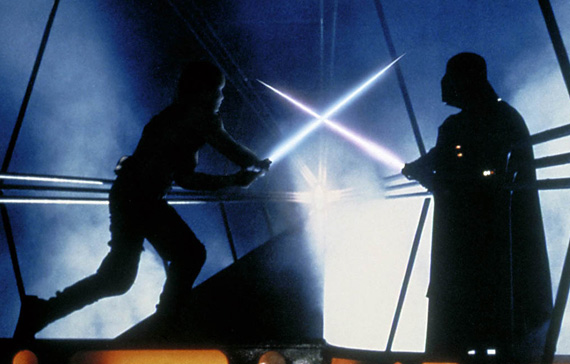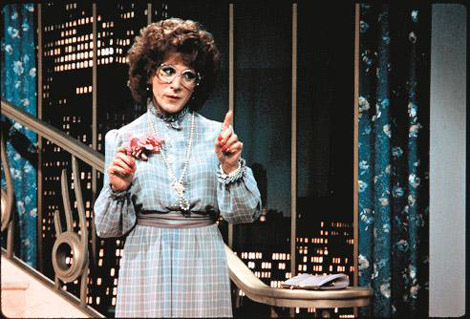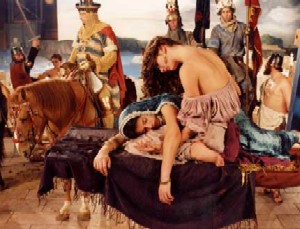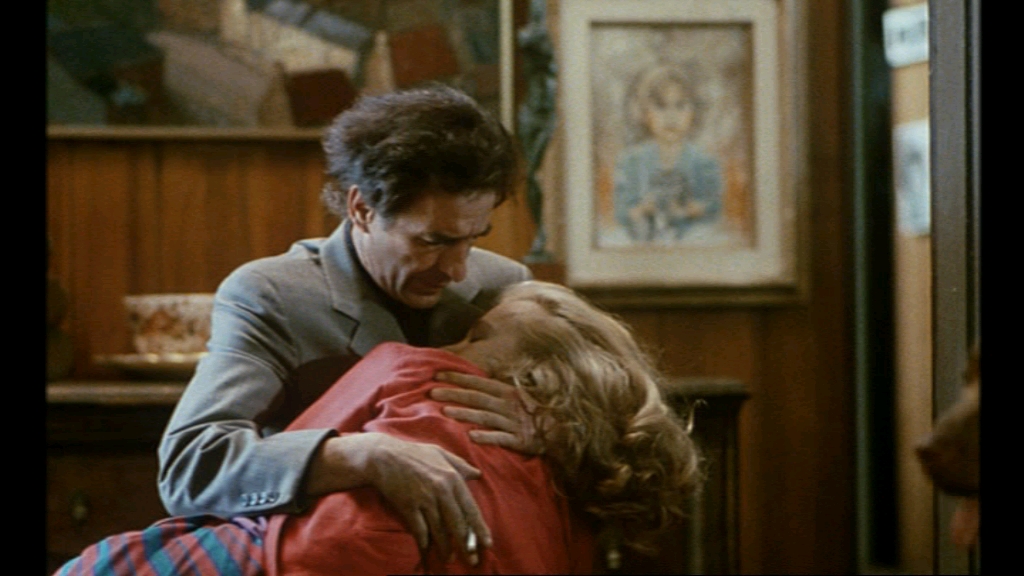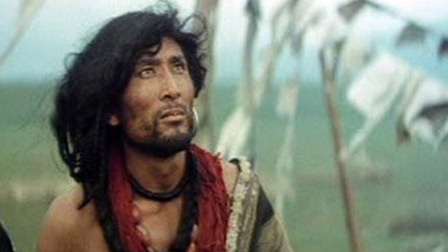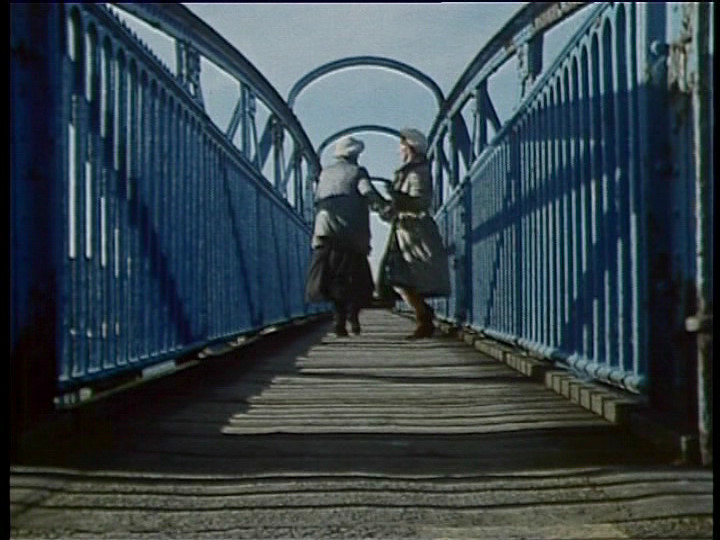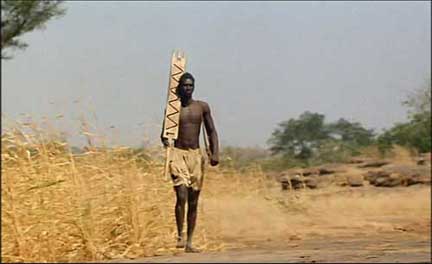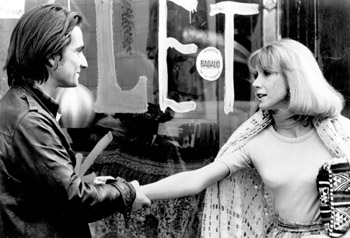From the December 22, 1989 Chicago Reader. — J.R.
List in the Pocket
With both a year and a decade now drawing to a close, the number of lists indicating the best and the most seems greater than ever. So pronounced, in fact, is this listomania concerning the 80s that in many cases it had already moved into full gear by late October, while the decade still had a good nine or ten weeks to go. The Tribune‘s Sunday arts section, for example, got its critics to come up with their ten-best lists for the 80s in time for an October 22 publication date, while the movie magazines Premiere and American Film, which plan their issues much further in advance, hit the stands with their own hit parades in early November.
Should we attribute these premature evaluations to a general eagerness to have the 80s over and done with? Whatever the reason, a recent movie list issued by Baseline, “the entertainment industry’s information service,” based in New York and Beverly Hills, offers some additional causes for gloomy reflection. The list in question gives us “the top ten turkeys of the 80s.”
Talking Turkey
Once upon a time, a “turkey” was a bad film, and a movie that lost money was a “bomb.” This was certainly true in 1980, when Harry and Michael Medved published The Golden Turkey Awards. It was even true in 1985, when the same Medved brothers brought out Son of Golden Turkey Awards. Back in those days of yore, calling a movie a turkey was a matter of taste and opinion, and tastes and opinions differed widely. (The Medveds, for instance, included both Eisenstein’s Ivan the Terrible and Resnais’ Last Year at Marienbad, two of my own favorites, in their first book, The Fifty Worst Films of All Time.)
Baseline’s list of top turkeys, however, refers strictly to box-office performance, suggesting that taste and opinion have finally given way to the bottom line. This is part of a much broader trend that also includes widespread public interest in the weekly list of box-office grosses (the 80s version of a popularity poll), which is now a regular feature in many newspapers. As far as our mainstream media seem to be concerned, the effect of a film that really matters is not whether it changes minds, hearts, or lives, but whether or not it makes a few millionaires richer. This appears to be the underlying assumption, at any rate, of most of the entertainment “coverage” (i.e., free advertising) that currently clogs the media — an unprecedented atmosphere of hype in which a TV show like Entertainment Tonight is almost as prominent as the evening news preceding it, and in which “commercial-free” cable TV is as devoted to hawking the latest releases as the networks are to selling beer and automobiles.
Anyway, Baseline estimates the budgets, rentals, and losses of 80s movies in separate columns, and lists the following “turkeys” in descending order:
1. Inchon (1982)
2. The Adventures of Baron Munchausen (1988)
3. Ishtar (1987)
4. Heaven’s Gate (1980)
5. The Cotton Club (1984)
6. Pirates (1986)
7. Rambo III (1988)
8. Santa Claus (1985)
9. Lion of the Desert (1981)
10. Empire of the Sun (1987)
11. Once Upon a Time in America (1984)
To give some sense of the overall range in dollars, number 1 lost $44.1 million, while 11 lost $27.5 million, at least if Baseline’s arithmetic (which equates eleven turkeys with ten) is reliable.
What conclusions, if any, can we draw from this? Out of the seven on the list that I’ve seen (2, 3, 4, 5, 6, 10, and 11), three are among my favorite films of the 80s (2, 3, and 11), and I know certain other critics who would include 4, 5, and 10 on their own lists. None of these seven come remotely close to qualifying as the worst movies of the decade, although I’m afraid that this is precisely how some of Baseline’s industry clients will interpret the list.
Gross Anatomy
For purposes of contrast, let’s look at the ten movies of the 80s that, according to Variety, made the most money–a list that, like the preceding list of Baseline’s, doesn’t include any of this year’s releases (because they’re still counting those grosses):
1. E.T. ($228 million, 1982)
2. Return of the Jedi (1983)
3. The Empire Strikes Back (1980)
4. Ghostbusters (1984)
5. Raiders of the Lost Ark (1981)
6. Indiana Jones and the Temple of Doom (1984)
7. Beverly Hills Cop (1984)
8. Back to the Future (1985)
9. Tootsie (1982)
10. Three Men and a Baby ($81 million, 1987)
Here, judging by the eight titles that I’ve seen (all except 3 and 10), I’m afraid I can’t find any favorites — that is, films that could have made any of my annual ten-best lists — and stacking this ten alongside Baseline’s top turkeys, I have no doubt about which ten I’d rather take to a desert island. (I’d still have to contend, however, with the versatile Steven Spielberg — the only director who managed to make it onto both lists.) A few of these — 5, 8, and 9 — are fairly amusing, but I’d hate to have to build a theory or an aesthetic of cinema around them.
Fifteen Favorites
As long as we’re on the subject of list making, let me conclude with my own list of the 15 best films of the 80s. (Even after a lot of assiduous boiling and scraping, I haven’t been able to get it down to 10.) In order to put together this list, I’ve had to consider some films that still haven’t made it to Chicago, because I’ve only lived in this city since mid-1987, but I’ve excluded any favorites that were made prior to the 80s, even if they were shown publicly for the first time during this decade. (This rule, alas, excludes both Andrei Tarkovsky’s Stalker and Jacques Rivette’s monumental 13-hour serial Out 1: Noli me tangere, the latter of which was made back in the early 70s — intended for but never broadcast by French television — and wasn’t shown in a finished print until earlier this year, at the Rotterdam Film Festival.) By the same token I’ve regretfully had to omit Leslie Thornton’s extraordinary Peggy and Fred in Hell, an experimental work, still unseen in Chicago, that has been appearing in installments since 1984, because it is still far from finished.
Asterisks indicate movies that have not yet shown in Chicago. The order below is basically chronological, but when more than one title appears for one year, I’ve listed those films in order of preference:
1. Out of the Blue (Dennis Hopper, 1980)
2. Sans soleil (Chris Marker, 1981)
3. Blade Runner (Ridley Scott, 1981)
4. Passion (Jean-Luc Godard, 1982)
5. The King of Comedy (Martin Scorsese, 1983)
6. Love Streams (John Cassavetes, 1984)
7. Manuel on the Island of Wonders* (Raul Ruiz, 1984 — a three-part miniseries made for Portuguese TV)
8. Shoah (Claude Lanzmann, 1985)
9. The Horse Thief (Tian Zhuangzhuang, 1985)
10. Mix-Up (Françoise Romand, 1985)
11. Mélo (Alain Resnais, 1986)
12. Brightness (Souleymane Cissé, 1987)
13. Housekeeping (Bill Forsyth, 1987)
14. A Story of the Wind* (Joris Ivens and Marceline Loridan, 1988 — an uncategorizable essay film that also employs fiction)
15. Distant Voices, Still Lives (Terence Davies, 1988)
Major runners-up would include Ruiz’s On Top of the Whale (1981) and Mammame (1987); Jean-Marie Straub and Danièle Huillet’s Too Early, Too Late (1981); Samuel Fuller’s White Dog (1982); Robert Bresson’s L’argent (1983); Bernardo Bertolucci’s The Last Emperor (1987); and Stanley Kubrick’s Full Metal Jacket (1987). Finally, if I had to pick the three greatest films that I saw for the first time during the 80s, including the 15 selections listed above, these would be Louis Feuillade’s serial Les Vampires (1915-16), Rivette’s Out 1: Noli me tangere (1971), and Tarkovsky’s Stalker (1979).



